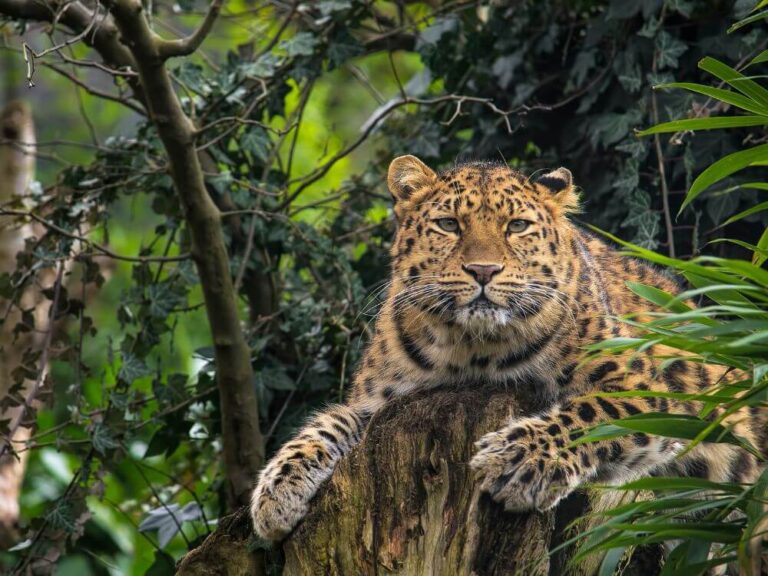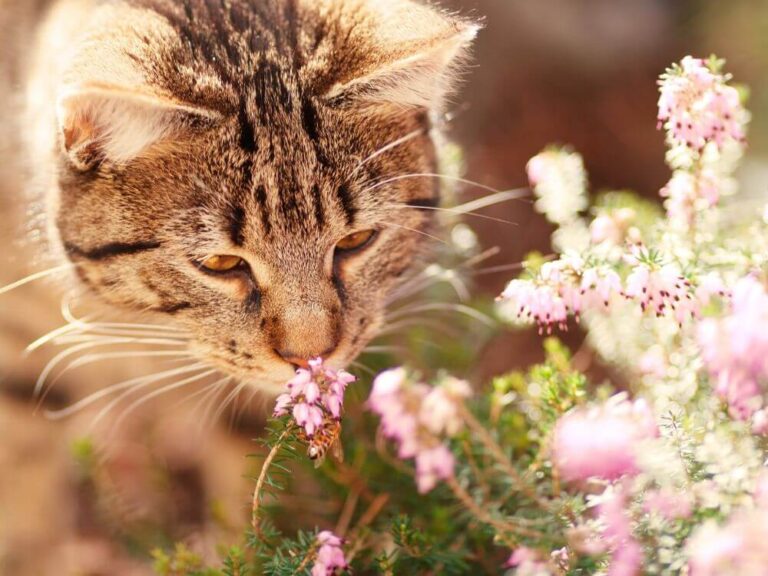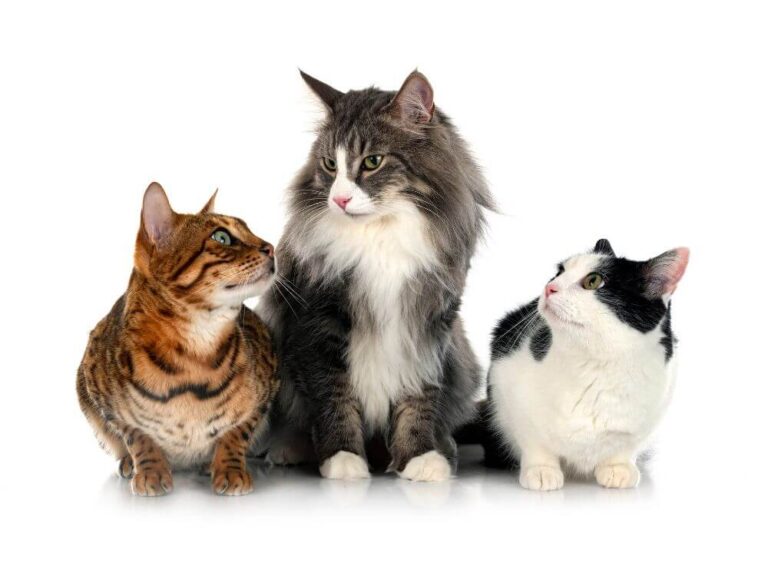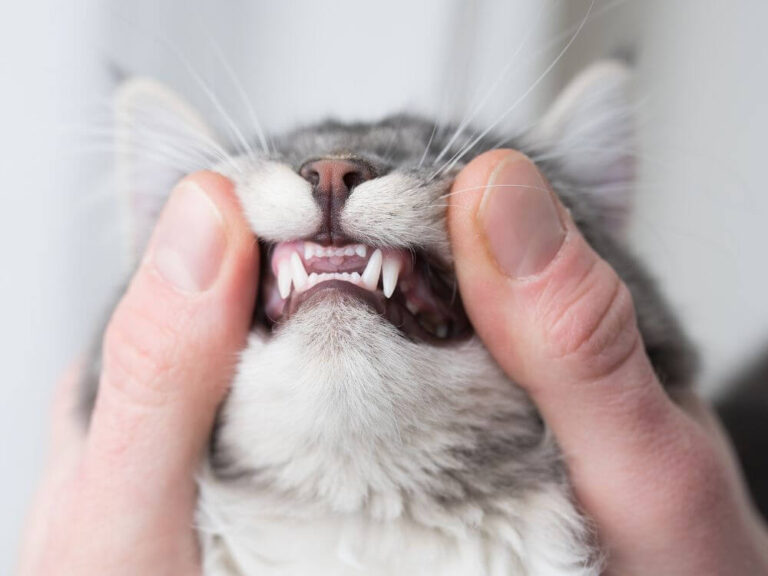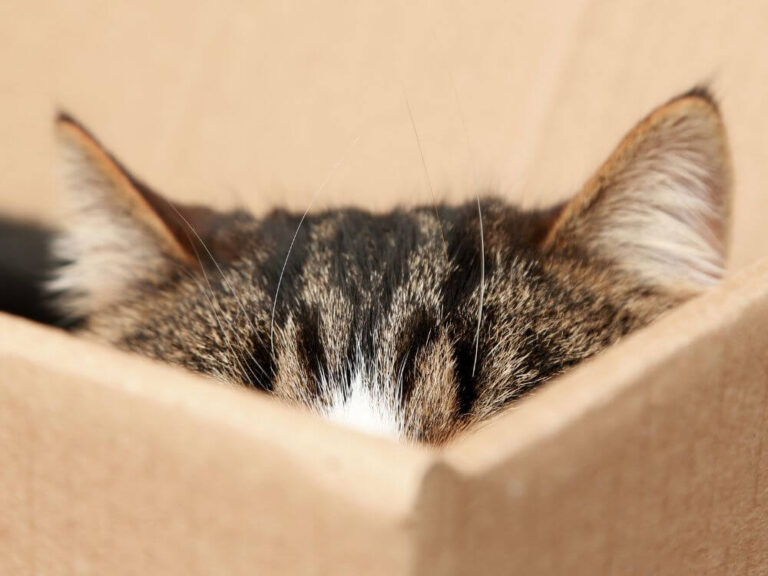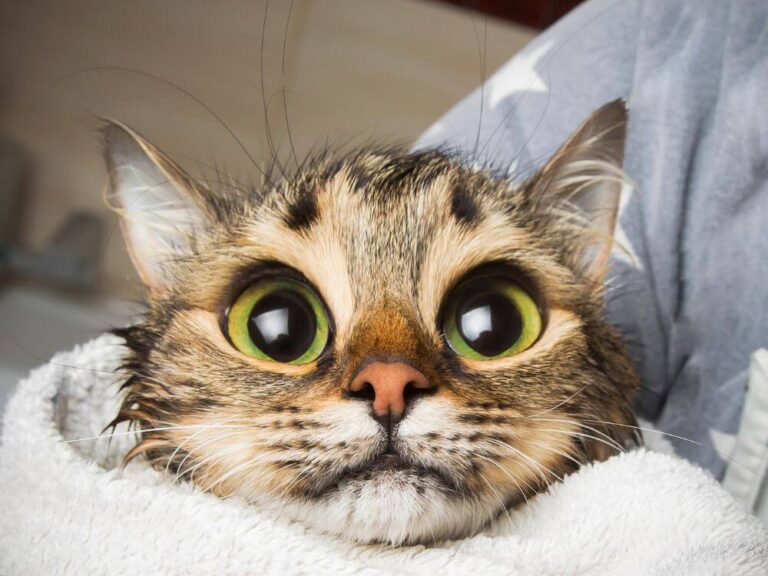The DNA of Cats: Unraveling Their Genetic Secrets and Heritage
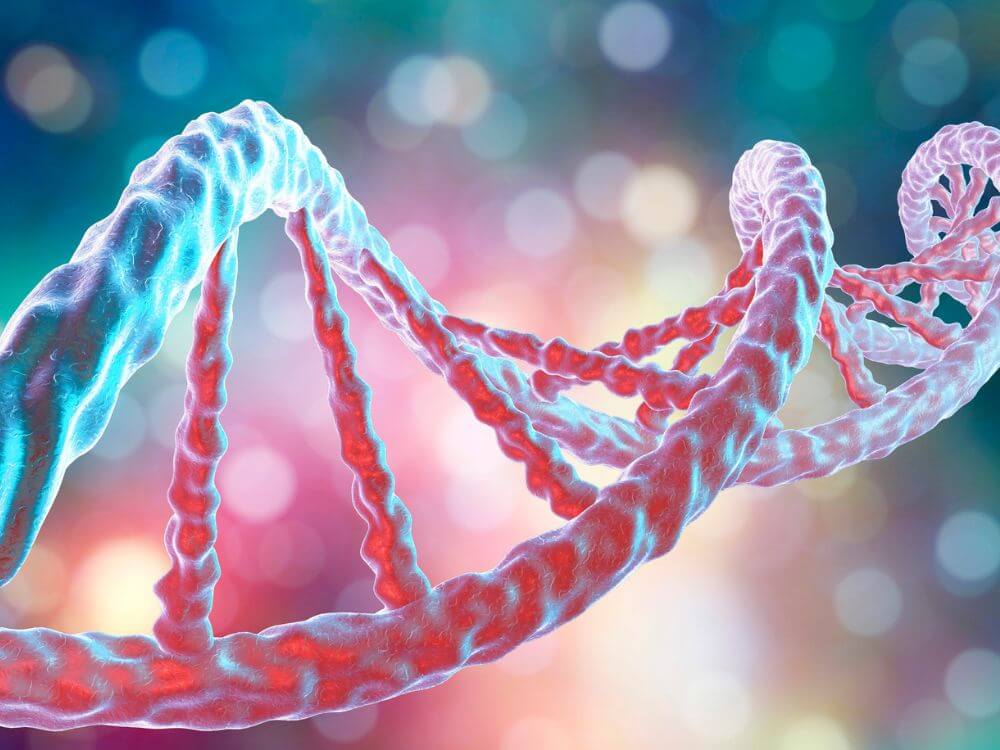
Cats have long captivated humans with their grace, independence, and mysterious nature. But beneath their elegant fur lies a world of genetic secrets that explain not only their physical traits but also their behaviors and tendencies. Understanding the DNA of cats opens a window into their past, revealing a rich tapestry of genetic heritage and variation.
The Basics of Cat DNA
Every living organism has DNA, the molecular blueprint that dictates its physical and biological characteristics. The DNA of cats, like other animals, is composed of sequences of nucleotides that form genes. These genes determine everything from a cat’s fur color to its susceptibility to certain diseases. The feline genome consists of roughly 20,000 genes spread across 38 chromosomes, providing a complex code that defines each cat’s unique traits.
Genetic Heritage: The Wild Roots of Domestic Cats
Domestic cats share a significant portion of their DNA with their wild ancestors. The common domestic cat, Felis catus, evolved from the African wildcat, Felis silvestris lybica, around 9,000 years ago. Early farmers likely tamed these wildcats because of their prowess in hunting rodents. Over time, selective breeding led to the domesticated species we know today.
However, despite thousands of years of domestication, domestic cats still retain many of their wild ancestors’ traits. For instance, the instinct to hunt, the ability to thrive in solitude, and the territorial behavior all stem from their wild roots. This genetic inheritance is why even the most pampered house cat still exhibits behaviors reminiscent of its wild cousins.
Variations in Cat DNA: What Makes Each Cat Unique?
The DNA of cats shows significant variation, leading to the wide range of physical appearances and behaviors seen in different breeds. Mutations and genetic diversity play crucial roles in these variations. For example, the gene responsible for fur color can result in a spectrum of colors and patterns, from the sleek black of a Bombay cat to the striped patterns of a tabby.
Specific breeds often carry unique genetic markers that distinguish them from others. The gene responsible for the hairlessness of the Sphynx, for instance, is a recessive mutation that prevents the growth of a typical fur coat. Similarly, the short, kinked tails of Japanese Bobtails arise from a distinct genetic variation unique to the breed.
The Role of Selective Breeding in Genetic Variation
Humans have influenced the DNA of cats through selective breeding. Breeders select cats with specific traits to produce offspring with desired characteristics. This practice has led to the development of various cat breeds, each with its own set of genetic markers. For example, the Persian cat’s long, luxurious coat and flat face result from generations of selective breeding aimed at enhancing these traits.
However, selective breeding can also lead to genetic bottlenecks, where the lack of genetic diversity increases the risk of inherited health issues. For instance, purebred cats like the Siamese may be more prone to genetic disorders because of their limited gene pool. Understanding the DNA of cats helps breeders make informed decisions to avoid such pitfalls.
Genetic Testing in Cats: Unlocking the Secrets of Their DNA
With advances in genetic testing, it’s now possible to delve deeper into the DNA of cats. Genetic tests can identify a cat’s breed, predict potential health issues, and even determine if they carry genes for specific traits. For example, a test might reveal if a cat carries the gene for hypertrophic cardiomyopathy (HCM), a common heart disease in cats.
Pet owners and breeders increasingly use these tests to make informed decisions about breeding, health care, and even nutrition. By understanding the genetic makeup of a cat, one can tailor their care to their specific needs, improving their quality of life.
The Future of Feline Genetics: What Lies Ahead?
As our understanding of feline DNA deepens, the future holds exciting possibilities. Advances in gene editing, like CRISPR, could one day allow us to correct genetic defects before they manifest as health problems. Additionally, a better grasp of the genetic factors behind behavior could lead to more effective training and socialization techniques, improving the human-cat bond.
However, with these advancements come ethical considerations. The potential to manipulate the DNA of cats raises questions about the limits of human intervention in the natural world. As we explore the genetic secrets of our feline companions, it’s essential to balance scientific progress with respect for the animals themselves.
Conclusion: The Complexity and Wonder of Cat DNA
The DNA of cats is a remarkable tapestry woven from thousands of years of evolution, domestication, and human influence. By studying their genetic heritage and variations, we gain not only a deeper understanding of what makes each cat unique but also insight into the broader story of life itself. As science continues to unlock the secrets of feline DNA, we can look forward to a future where our knowledge enhances the lives of cats and deepens our connection with these extraordinary creatures.

